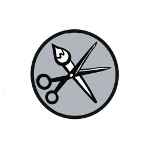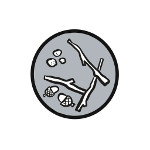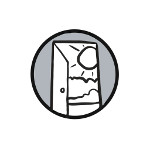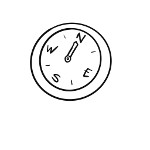Activities - What Makes a Bird a Bird?
 1. Create a Wanted poster about Steve
1. Create a Wanted poster about Steve
Read ‘A Day in the Life of a Bird’ comic. What facts did you learn about Kookaburras? Create a 'Wanted' poster about Steve by researching Kookaburras. This website is a good place to start. Your poster should include a crime, where kookaburras are found in Australia (draw Australia and colour where they are found), their habitat, their size, what they look like, what they eat, what sort of nest they make and how they communicate with each other.
 2. Make a footprint for each type of bird foot
2. Make a footprint for each type of bird foot
Look at the pictures of the types of bird feet. Think about what sort of footprint they might make. Using sticks and other things you can find, make a footprint for each type of bird foot. You might want to make the footprints by pressing sticks into play dough to make a pattern, or just make a trail of them in your front yard using the sticks themselves.
 3. Use Google Maps and go birdwatching
3. Use Google Maps and go birdwatching
Open Google My Maps, find your house. Predict where you might find birds in your area using satellite view. Think about the sorts of places birds might use and what they need. Go for a walk and see how many birds you can spot near your house. Can you ID them using the bird guide. Where did you see the most? Sky, trees, ground, or on houses? How would you change your area to attract more birds?
 4. Design a map
4. Design a map
Using your knowledge design a map of an imaginary suburb that you have built to attract birds.